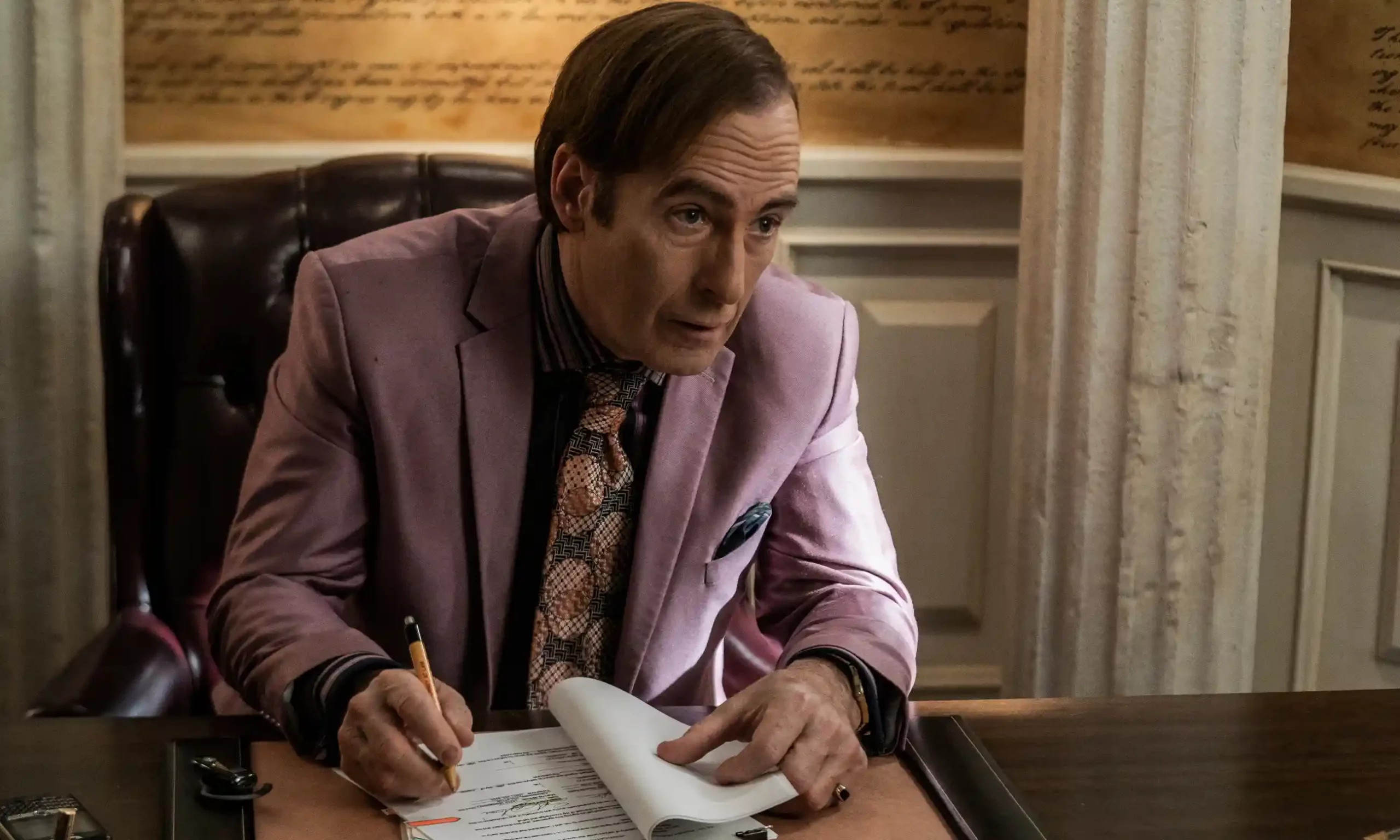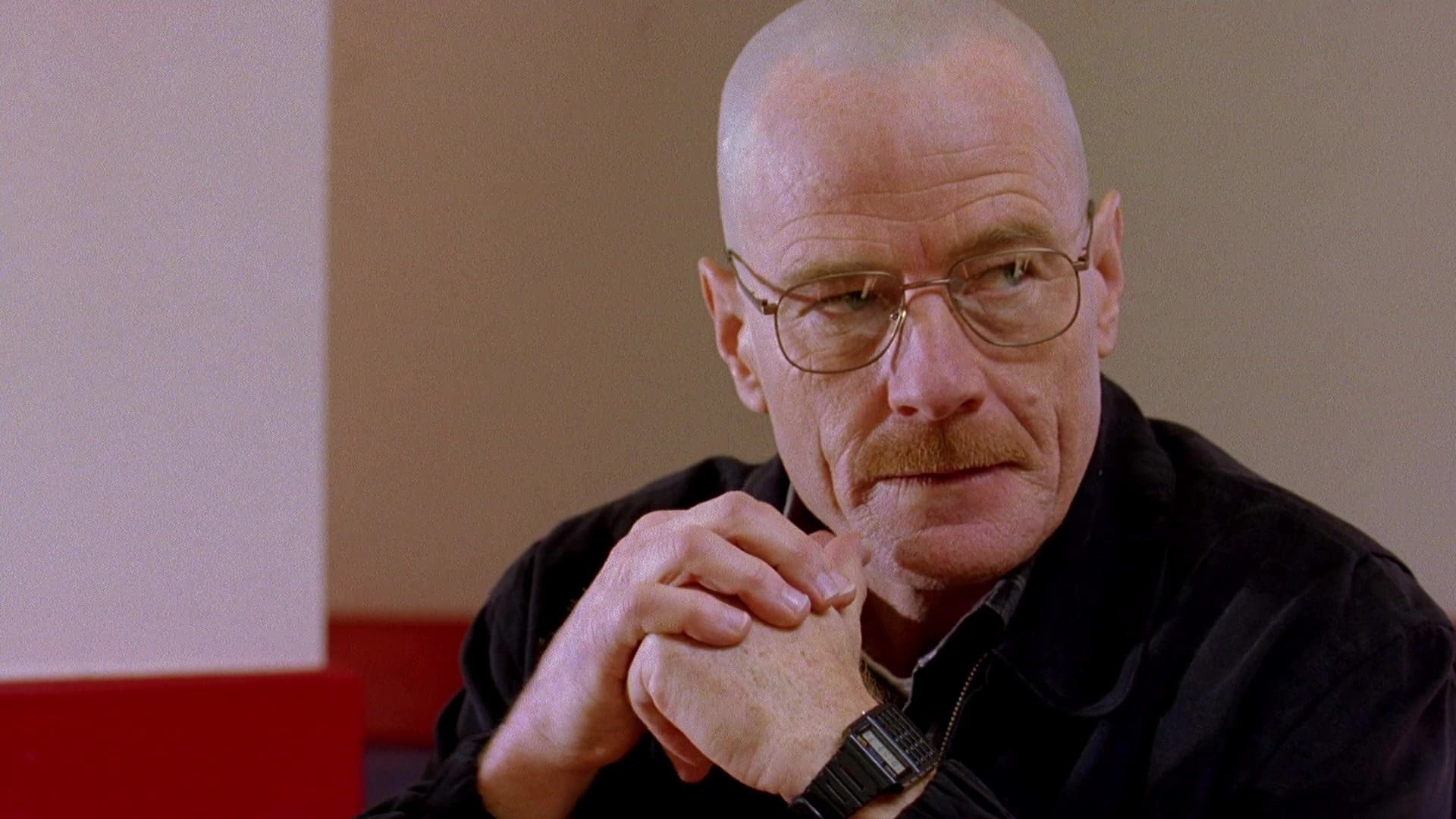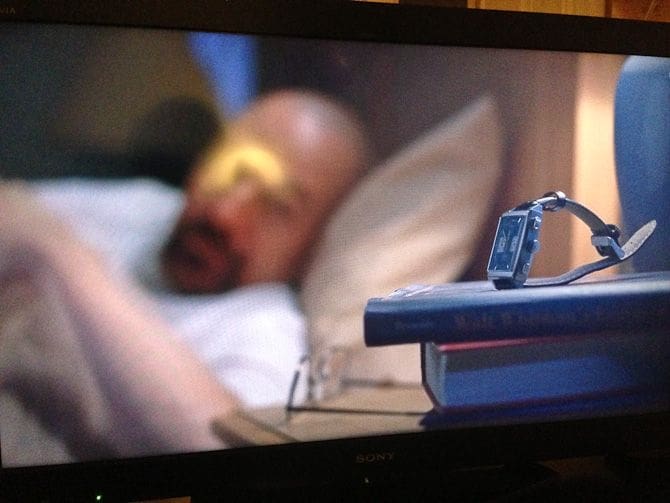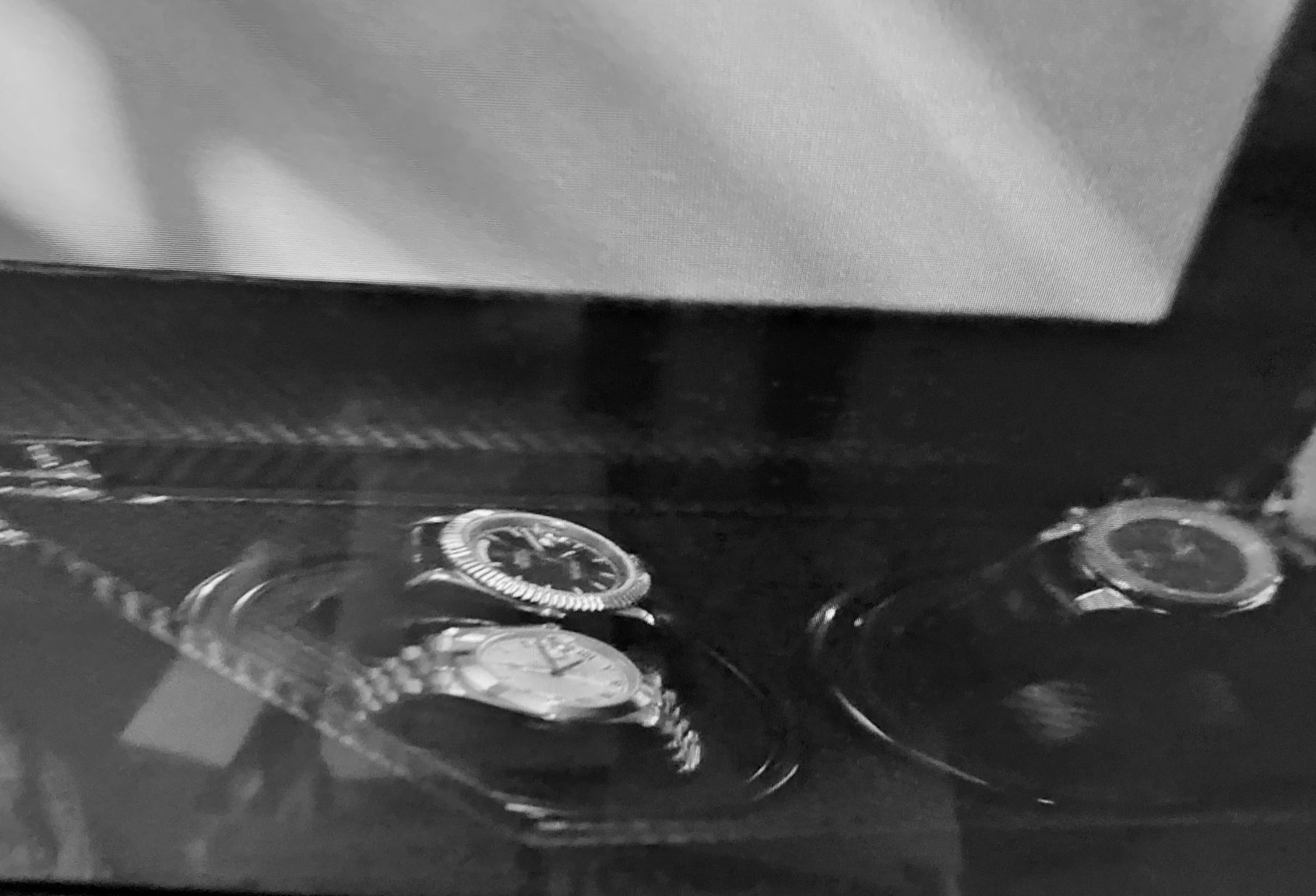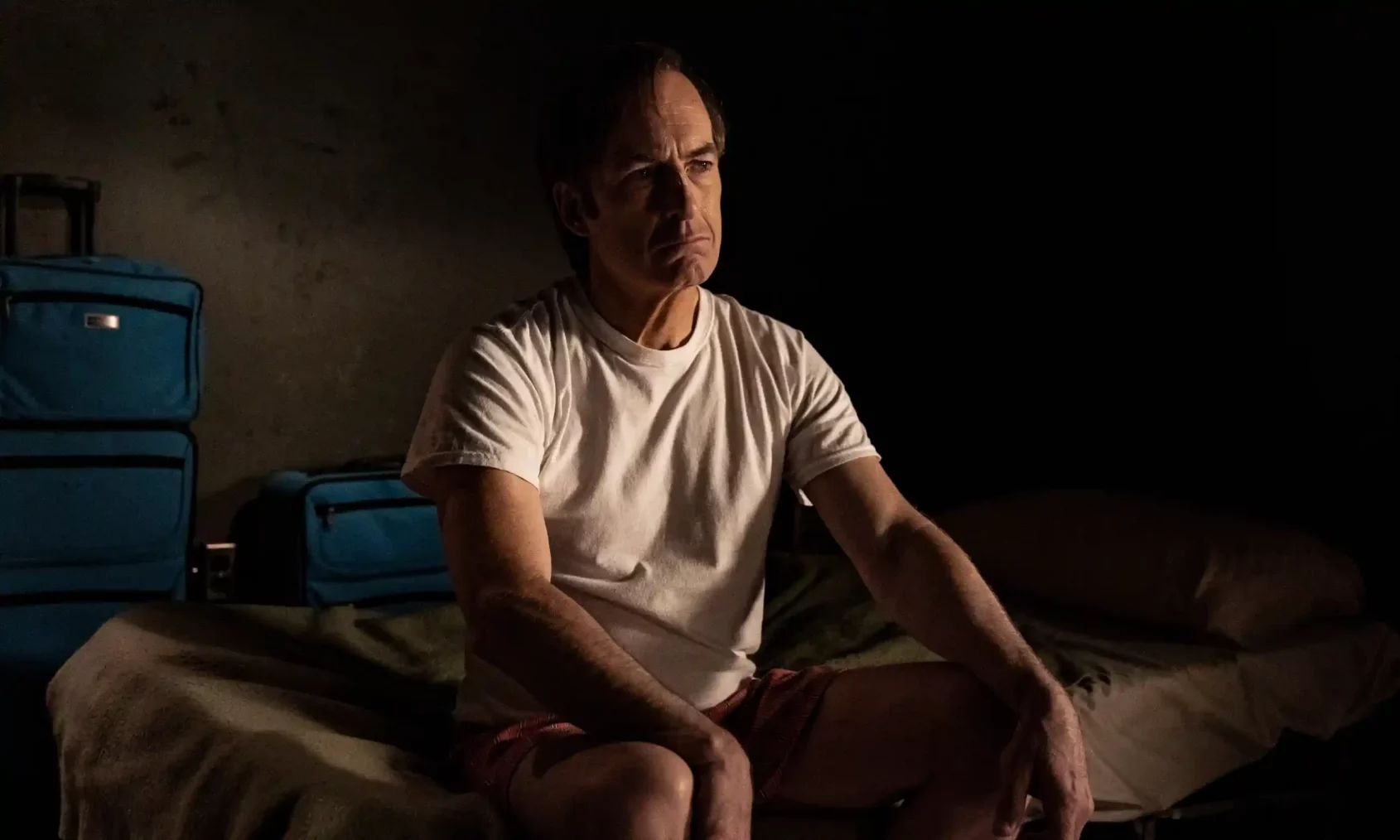Better Call Saul shows Vince Gilligan truly understands the symbolic power of a watch
Luke BenedictusEDITOR’S NOTE: This story contains spoilers from the final episodes of Better Call Saul
It’s no secret that Vince Gilligan revels in the nitty-gritty. The creator of Better Call Saul and Breaking Bad has a razor-sharp eye for incidental detail and whenever possible imbues the ephemera of his characters’ lives with layers of hidden depth. “I obsess a great deal more than I should over those details,” Gilligan once admitted. “I sweat the small stuff.”
In terms of their dramatic arcs, Breaking Bad and Better Call Saul cover similar themes. Both are ultimately dramas of human corruption as Walter White and Saul Goodman gradually let their moral compasses slide through their fingers and shatter into pieces on the floor. Breaking Bad follows Walter’s gradual descent from chemistry teacher to drug kingpin. The fall in Better Call Saul is less dramatic – behind the smooth-talking schtick of Jimmy McGill / Saul Goodman / Gene Takavic he’s always ethically suspect – but his fate is just as unsettling.
True to his habit of using every resource at his disposable, Gilligan uses watches to show the moral disintegration of both characters. In Breaking Bad, this is demonstrated by the evolution of Walter’s material possessions. As he grows into his Heisenberg persona, White upgrades his battered Pontiac Aztek SUV (a car depressing enough to turn anyone to crystal meth) for a Chrysler 300 SRT8, a bad-ass saloon with 470 torques. But there’s also a notable change in terms of his wristwear.
To begin with Walter wears a humble Casio CA-53W, an unremarkable calculator watch from the 1980s that reflects his beleaguered lifestyle as cash-strapped teacher. By the fifth series, however, Walter is now a ruthless drug lord who’s amassed an ill-gotten fortune of some $80 million. His wristwear is duly upgraded to a TAG Heuer Monaco Calibre 12. With one of the most distinctive designs in 20th century watchmaking attached to his wrist, Walter has clearly moved beyond his suburban-dad persona into a more powerful force.
Watches are also used to show moral decline in Better Call Saul in a key incident that shows just how villainous Saul – now operating under the name, Gene Takavic – has become. In the penultimate episode, we’re introduced to our anti-hero’s latest scam. Operating with a couple of accomplices, Gene essentially befriends hapless, rich guys in bars and pretends to get drunk with them while quietly siphoning off his own drinks. The target is then spiked with barbiturates by a taxi driver, before the third guy – Buddy – sneaks into their homes while they’re unconscious, photographs their i.d documentation and then sells it onto another crook who presumably drains their bank accounts.
After a few successful thefts in this vein, Buddy refuses to do a job. The reason? The potential victim is struggling with cancer and Buddy finds the prospect of stealing the man’s identity beyond the pale. Gene though is insistent the job goes ahead, even if he has to break into the man’s house himself.
This, in itself, is noteworthy. Gene / Saul crosses another moral line when he sneaks into the sick man’s house and steals his personal details. For all his misdemeanours, there always seemed to be a basic humanity to Gene. Now it’s horribly clear that he doesn’t care what collateral damage occurs in what is, after all, just another small-time scam. But what happens next, hammers home just how unscrupulous Gene has become.
Despite having executed his scheme, rather than make a hasty getaway while the drugged man snores on the floor, Gene inexplicably lingers. Buoyed with hubris, he decides to explore the house and makes his way upstairs. The items he fingers now are conspicuous symbols of status and wealth, deliberately chosen by Gillingham to show how corrupted Gene has become by his greed. First, he plucks an oversized cigar from his victim’s humidor. Next he turns to the cut-glass decanter and pours himself a large tumbler of scotch. Finally he approaches the man’s watch box in which three timepieces lazily rotate. From the split-second the watches are in view we see a Rolex Day-Date with a fluted bezel, another Day-Date and some sort of oversized Breitling. Without a flicker of hesitation, Gene immediately pockets the watches.
The theft is hardly remarkable in itself. But the bleakness of the scene reinforces the sort of person that Gene/Saul has turned into. Or perhaps this isn’t a development at all. Perhaps we always let ourselves be blinded to Saul’s true nature due to his energetic chutzpah and the sheer creativity of his hare-brained schemes.
That possibility is raised in a flashback scene in the final episode where Saul recalls a bungled attempt at a “slip and fall” scam when he was 21. Hearing of this youthful indiscretion, Walter White voices the growing realisation in our heads. “So you’ve always been like this,” he says with a look of grim resignation.




